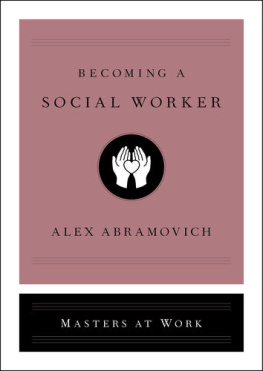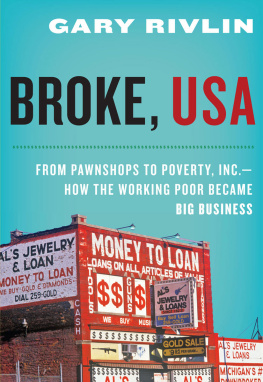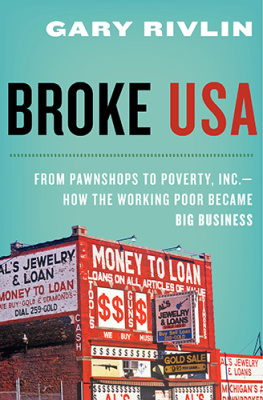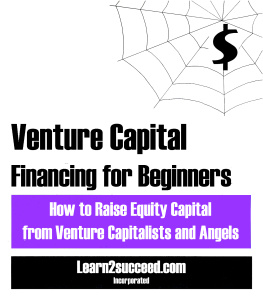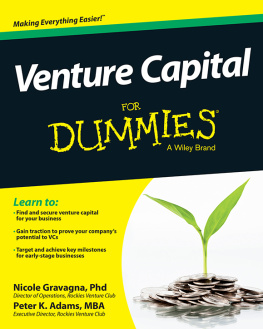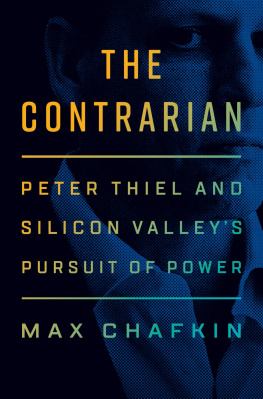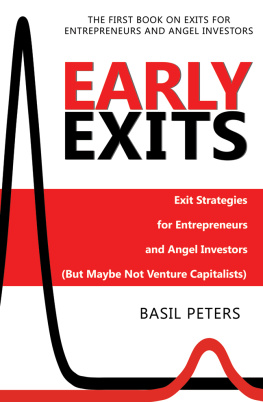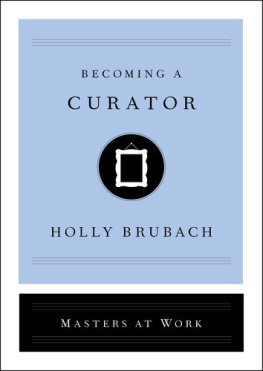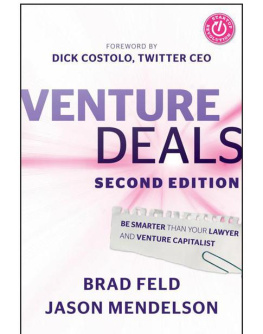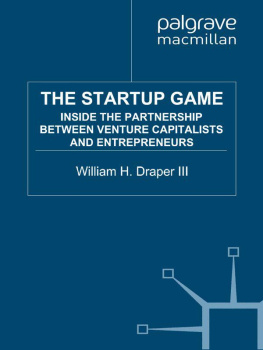T O O LIVER AND S ILAS
PROLOGUE
I ts been more than twenty years since I first started hanging out with the venture capitalists of Silicon Valley. As it happened, my first encounter was with John Doerr, who is probably the most famous VC who has ever lived. Doerr is not necessarily the best ever, but he might be that as well. Certainly he ranks as the richest, with a net worth of $7.4 billion at the start of 2018.
It was late in 1995, and a newish Silicon Valley magazine (with venture money behind it, naturally) gave me what its editor admitted sounded like a potentially dull assignment: write about what the big cable companies were doing about the internet. I was new to tech, so he started me out with three names. Talk to this guy Eric Schmidt, he suggested. Schmidt was then the well-respected chief technology officer at Sun Microsystems and not the former CEO of Google with a net worth of nearly $15 billion. Id end up talking with Schmidt dozens of times over the next decade. The second name on the list was Paul Saffo, a tech prognosticator on the frequent-call list of any reporter covering Silicon Valley. He, too, would become a good source. The third name was John Doerr.
Doerr invited me to his office on Sand Hill Road in Menlo Park. There, thirty miles south of San Francisco, in the hills above Stanford University, most of the worlds most successful venture capital firms cluster. Most occupy nondescript buildings that could be located in any office park, but his partnership, Kleiner Perkins Caufield & Byers, was royalty in Silicon Valley. Its home then, as today, looked like a ski chalet set among the redwoods. I parked a dusty pickup between late-model BMWs and kicked my feet through puddles of fallen needles to the heavy front doors of Kleiner Perkins, as everyone called the firm, if not simply Kleiner. Inside felt like a Hollywood set: the richest woods, sleek leather couches, exposed beams, expensive artwork on the walls. In the mornings, the staff put out a selection of bagels and spreads with fresh fruit and berries. By the afternoon, the Sub-Zeros were crowded with the leftovers from that days catered lunch. Most spectacular was the fishbowl conference room in the center of everything. It included an oak conference table so mammoth it had reportedly had to be delivered by helicopter.
Those were still the days of dial-up. Logging on to the internet then meant using a telephone line and minimodems that squawked and hissed and emitted staticky cries whenever asked to connect to a computer. You cursed when someone sent a large document that took forever to download, and all but the simplest of graphics threatened to crash the old IBM personal computer I was still using. To Saffo and Schmidt, to whom I had spoken already, the cable companies could provide salvationif they didnt blow it. The wires the cable companies ran into our homes and apartments were much thicker than phone wires and, by comparison, capable of delivering great torrents of data. Saffo, Schmidt, and the other technologists I had talked to all used the same analogy: with cable, it would be as if pumping water through a fire hose rather than through a straw. I didnt know much before I showed up at Kleiner Perkins, but I understood enough to appreciate that the cable companies, big and fat and hated by most of their customers, were sitting on a gold mine.
Doerr wore an open-collared blue oxford and khakis, as did his partners, all of whom were men. (The firm would remain all male until 2010.) It was as if they dressed in uniform. Meanwhile, I felt like an idiot in a sports jacket and tie while the fidgety Doerr, long beaked and bespectacled, birdlike in his movements, quickly ran me through the potential of cable to absolutely crush it as a commercial mass medium. Cables thick pipe, Doerr explained, makes possible the exchange of music and video. It would also allow people to buy and sell things. He mentioned another young start-up he and his partners had recently backed: Amazon.com. Cable, he said, would enable Amazon to build a fast-moving e-commerce platform, by which he meant a World Wide Web (as everyone referred to the web back then, as if required to spell out the www at the beginning of virtually all web addresses) robust enough to handle what Amazons founder, Jeff Bezos, had in mind. Its going to be more than books, I remember Doerr telling me. I thought at the time he meant theyd also sell music and movies, not everything aside from maybe firearms and livestock.
Venture capitalists besides John Doerr certainly recognized cables potential to cash in on the internet. I doubt, though, that many matched his conviction or determination. He started attending industry events and reading the industrys niche journals. It was while Doerr was at a trade show in Denver that, over drinks with a few new friends he had made in the cable industry, he sketched out his idea for a company that he had dubbed @Home. This start-up, funded by Kleiner and any cable executive buying into the idea, would allow the cable companieson paper, at leastto play the unlikely heroes who would save us from chucking our computers out the window while waiting for a single photograph to materialize.
Were talking about building a new network, from scratch, Doerr said matter-of-factly. Were really talking about a different model for the internet.
Still, Doerr was confident of success, so much so that he brought up another of his investments: Netscape Communications. Netscape, which had gone public a few months earlier, helped launch the internet age with a free, simple-to-use, downloadable piece of software called Navigator, which allowed users to cruise the web in full technicolor. If anything, Netscapes initial public offering, or IPO (when a private company begins selling shares to the public), would have a greater impact on Silicon Valley over the next few years than even its browser did. A companys market capitalizationmore colloquially, its market capis the total worth of the stock in a company, whether still in the hands of a companys founders or in the portfolios of the giant mutual funds or owned by individual investors. Netscape had a first-day market cap of $2.9 billiona crazy-high valuation for a sixteen-month-old company that had never made a profit. Netscape would prove the justification for bringing public scores of half-baked companies and the inspiration for countless entrepreneurs seeking to cash in on the internet without the hard work of figuring out how to make money on an idea.
People say that the internet is being overhyped, but the opposite is true, Doerr told me. I think its been underhyped. I think the internets going to be bigger than television. In a world hungry for bandwidth, he imagined millions of people willing to pay @Home $35 a month for its service, not including installation fees and add-on charges. The company was only around one year old, yet he was already imagining an @Home IPO that would eclipse Netscapes. I bet well have a first-day market cap north of three billion dollars, he proclaimed.
I was new to the tech beat, but even to my neophyte ears, that sounded highly improbable. Adding to its unlikelihood were rival efforts by other companies large and small, including Time Warners Road Runner service. Even Doerrs name and clout might not be enough to tilt the market in favor of the technologies @Home was selling over those of competitors. The gambler within wanted a piece of that wager. He had a couple of bottles of wine on the credenza behind him, and, on the spot, I proposed a bet: he would buy me a case of a favorite wine of mine if @Homes market cap fell short of $3 billion. I would do the same for him if it had a first-day close above that amount.

